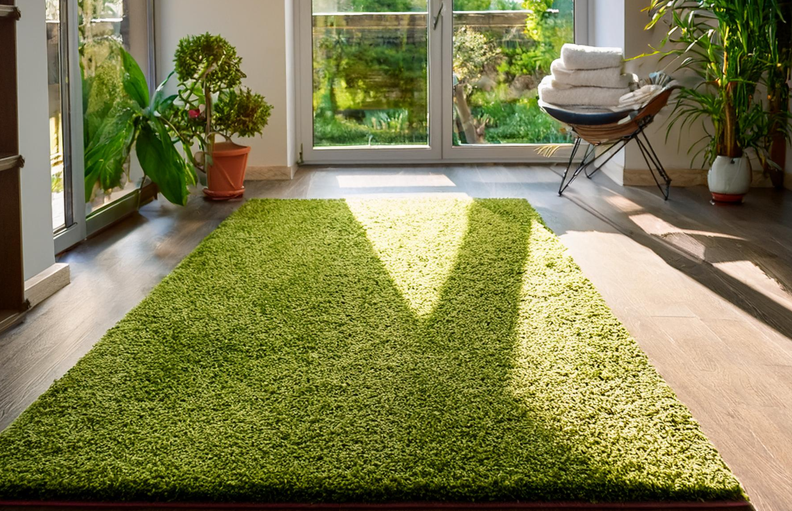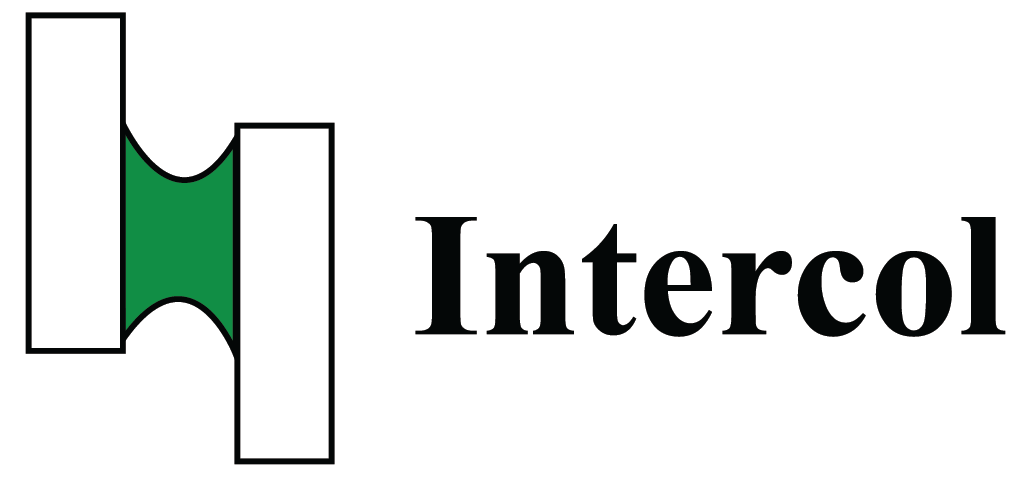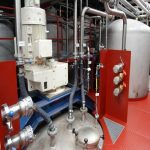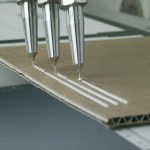Carpet recycling involves several key aspects to ensure it is effective and sustainable:
- Material Separation: Carpets are made from various materials like nylon, polypropylene, and latex. Effective recycling requires separating these materials so they can be processed individually. Typical latex is made with Styrene-Butadiene polymers which are hard to seperate. Therefore other technologies are used, such as:
- Polyethylene or Polypropylene dispersions. Enabling to manufacturer a single material, mechanical recyclable carpet. This is already done for Artificial grass
- Vinyl Acetate polymers. These waterborn polymers can dissolve in water, alkaline solutions or mild solvents. In relation to latex, the time to dissolve is very short and the process quite basic with a washing machine process.
- Collection and Sorting: Efficient collection and sorting systems are crucial. This involves identifying recyclable carpets and sorting them based on their material composition. The QR code is often seen as a practical solution. The industry might decide to have a central take-back process, or to have this down based on the retail channel.
- Recycling Technologies: Advanced technologies, such as the PolySep® and CreaSolv® process, are essential for breaking down carpets into their constituent materials and recycling them effectively.
- Market Development: Creating a market for recycled carpet materials is vital. This includes finding applications for recycled fibers and backing materials in new products3.
- Environmental Impact: Recycling carpets significantly reduces the carbon footprint compared to producing new materials. It also helps conserve finite resources and reduces landfill waste.
- Regulatory Support: Policies and regulations, like Extended Producer Responsibility (EPR) programs, can provide the necessary framework and funding to support carpet recycling initiatives.

How can Intercol adhesives contribute?
Intercol is able to develop carpet backing compounds (coatings, adhesives) with the desired properties on for example:
- Adhesion strength
- Secondary properties, like water resistance
- Dissollution method
- Procesability
- Compounding with several binders and fillers, to reduce the CO2 footprint and implement biobased content
Furthermore, our carpet compounds can support an healthy indoor climate, enabling carpet manufacturers to produce carpets that comply to the “blue angel label”. Some of our base polymers are not flammable and therefor support the reduction of flame retardants in carpets where FR is required.




